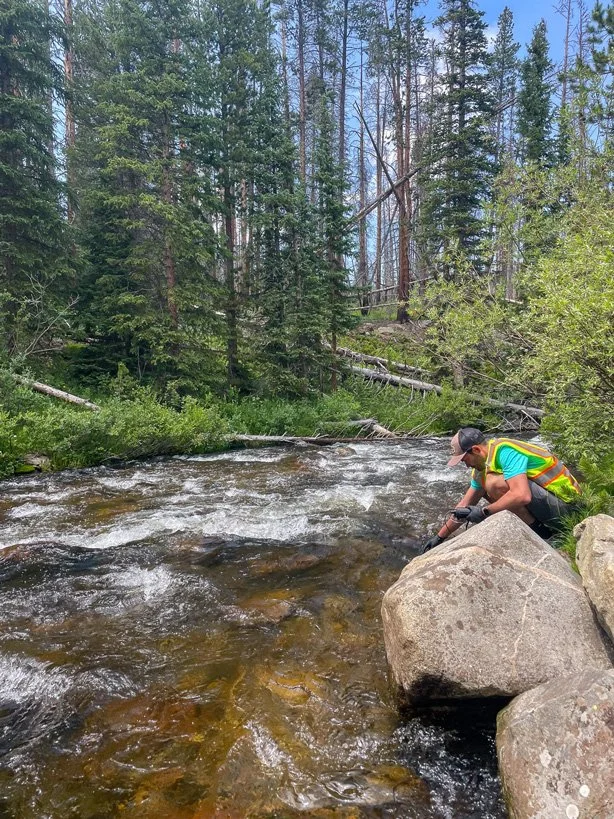post-fire water quality monitoring:
investigating after cameron peak
In the wake of Colorado’s largest wildfire, we’re monitoring water quality impacts across the Cache la Poudre watershed to help protect water supply and ecosystem health.
water after wildfire
The 2020 Cameron Peak Fire burned over 200,000 acres, including high-elevation reservoirs that supply drinking and agricultural water to Fort Collins, Greeley, Thornton, and Northern Water. Wildfire destabilizes soils and vegetation, increasing the risk of nutrient runoff, sediment loading, and harmful algal blooms, highlighting the urgent need for post-fire water quality monitoring.
In partnership with the U.S. Forest Service Rocky Mountain Research Station, our lab is leading a multi-site research effort. We’re sampling affected reservoirs, tributaries, and mainstem river locations. This work can help us understand how fire-driven changes impact reservoirs and downstream water quality.
early-warning system for algal blooms and watershed health
Our goal is to develop a predictive system for post-wildfire algal blooms—combining in-stream sensors, satellite remote sensing, and field sampling to deliver early warnings. By linking post-fire watershed conditions to reservoir and river dynamics, we can support regional water managers with actionable, science-based tools for climate resilience and watershed management.
This project has four key components:
Multi-Site Sampling
Collecting water samples across burned and unburned zones to detect nutrient surges and sediment shifts.Remote Sensing + Fieldwork
Combining satellite imagery and in-stream sensors to build early warning systems for post-fire algal blooms.Urban + Mountain Insights
Pairing this research with real-time data from the Poudre Water Quality Network (PWQN) for a full watershed picture.Tools for Water Managers
Delivering actionable insights to support adaptive reservoir management and long-term climate resilience.
open data for post-fire projects
We’ve aggregated all water quality grab sample data collected between 2021 and 2024. The dataset focuses on basic water quality parameters, like nutrients and chlorophyl-a. This project is ongoing and additional data will be released as it is analyzed.




